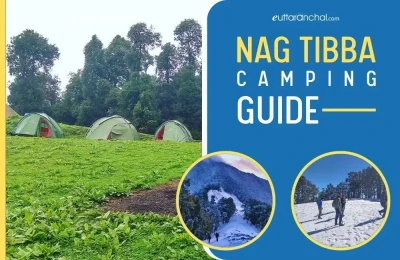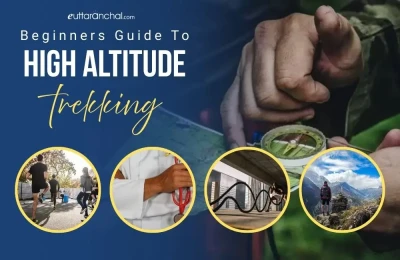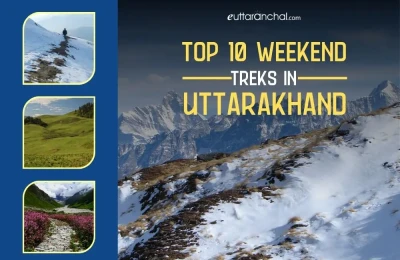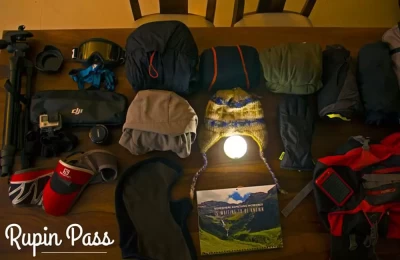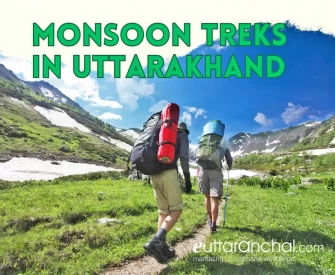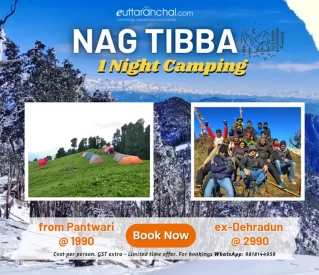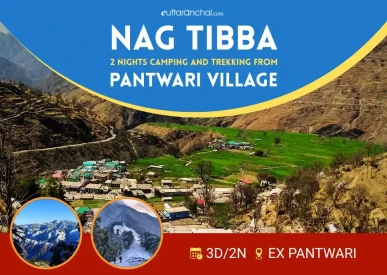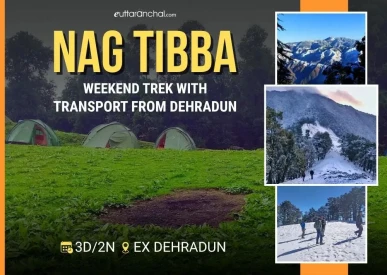Things to Carry for Nag Tibba Trek
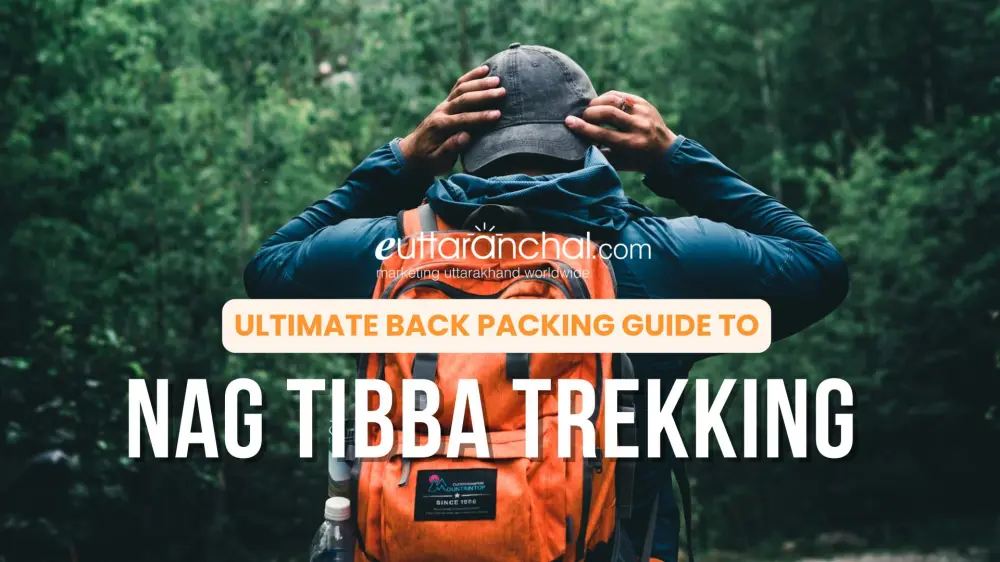
The Nag Tibba trek, is a beginner-friendly adventure in the Lower Himalayas near Mussoorie, Uttarakhand, requires careful packing to ensure safety, comfort, and enjoyment. Below is a comprehensive list of essentials to carry for the 2-3 day trek to Nag Tibba.
Get list of important things to pack for Nag Tibba Trek
Essential Packing List for Nag Tibba Trekking
Backpack (30–40 liters): A sturdy, comfortable backpack with hip and chest straps to carry your gear.
Trekking Shoes: High-ankle, waterproof trekking shoes with good grip for rocky and uneven trails.
Personal ID: Government-issued ID (e.g., Aadhaar, driver’s license) for permits or emergencies.
Water Bottles/Hydration Pack: 1 or 2 liters of reusable water bottles or a hydration pack. Refill at streams.
High-Energy Snacks: Nuts, energy bars, chocolates, dried fruits, and biscuits for quick energy.
Camera/Smartphone: For capturing scenic views, with a power bank for charging.
Plastic Bags: For organizing gear and carrying waste back (follow “leave no trace” principles).
Cash: Small denominations for local purchases or tips (limited ATM access near trailheads).
Whistle: For emergencies or signaling.
Sunglasses: UV-protective sunglasses for snow glare or bright days.
Clothing for Nag Tibba Trek
Base Layers: Moisture-wicking T-shirts and thermal innerwear (especially for winter).
Insulating Layers: Fleece jacket or sweater for warmth.
Outer Layer: Waterproof and windproof jacket (for rain or high winds). Warm Jacket for Winters.
Trousers: Quick-dry trekking pants (avoid jeans). Carry 1–2 pairs.
Socks: 2–3 pairs of woolen or synthetic trekking socks, plus a spare pair.
Headgear: Woolen cap or beanie for warmth, and a sun cap or bandana for daytime.
Gloves: Waterproof gloves for cold mornings or summit climbs.
Packing Clothes for different Seasons
Summer (March–June): Light clothing during the day, but carry a fleece for cool nights. Sunscreen is crucial.
Monsoon (July–August): Avoid trekking due to slippery trails and heavy rain, but if unavoidable then Carry raincoat or poncho for the trek. Carry extra socks, slippers and rain cover for your backpack as well.
Autumn (September–November): Similar to summer, with clear skies ideal for views. Carry warm layers for chilly mornings.
Winter (December–February): Heavy woolens, thermal layers, and a sleeping bag rated for sub-zero temperatures. Trekking poles are essential for icy patches. 2 warm layers inside with Jacket (You will need at least three warm layers (two lights layers such as fleece and woolen and one padded jacket) for this trek.). Balaclava or a woolen cap
Health and Safety Things to Package
First-Aid Kit: Include bandages, antiseptic wipes, painkillers, blister patches, and personal medications.
Sunscreen and Lip Balm: SPF 30+ to protect against UV rays at high altitudes.
Insect Repellent: For lower forested areas.
Toiletries: Toothbrush, toothpaste, biodegradable soap, hand sanitizer, and a small towel.
Tissue/Toilet Paper: Plus a small trowel for responsible waste disposal in the wild.
Lighter/Matches: Waterproof matches or a lighter for emergencies or cooking.
Optional Things to Carry or Get on Rent at Pantwari Village
Trekking Poles: Adjustable poles for stability on steep or slippery sections.
Headlamp/Torch: With extra batteries for early morning or pre-dawn treks (e.g., for sunrise at the summit).
Jackets and Shoes: If you do not have heavy jackets or trekking shoes mainly for winters, then you can take them on rent as well.
Packing Tips for Nag Tibba Trek
Keep It Light: Aim for a backpack weight of 8–10 kg (excluding food/water). Prioritize multi-use items.
Waterproofing: Use rain covers for your backpack and pack clothes in ziplock bags to keep them dry.
Organize: Use compartments or packing cubes to access items easily.
Test Gear: Try your shoes, backpack, and sleeping bag before the trek to avoid discomfort.
Group Gear: If trekking with a group, divide shared items to reduce individual load.



